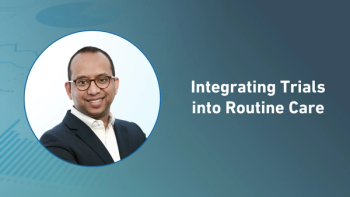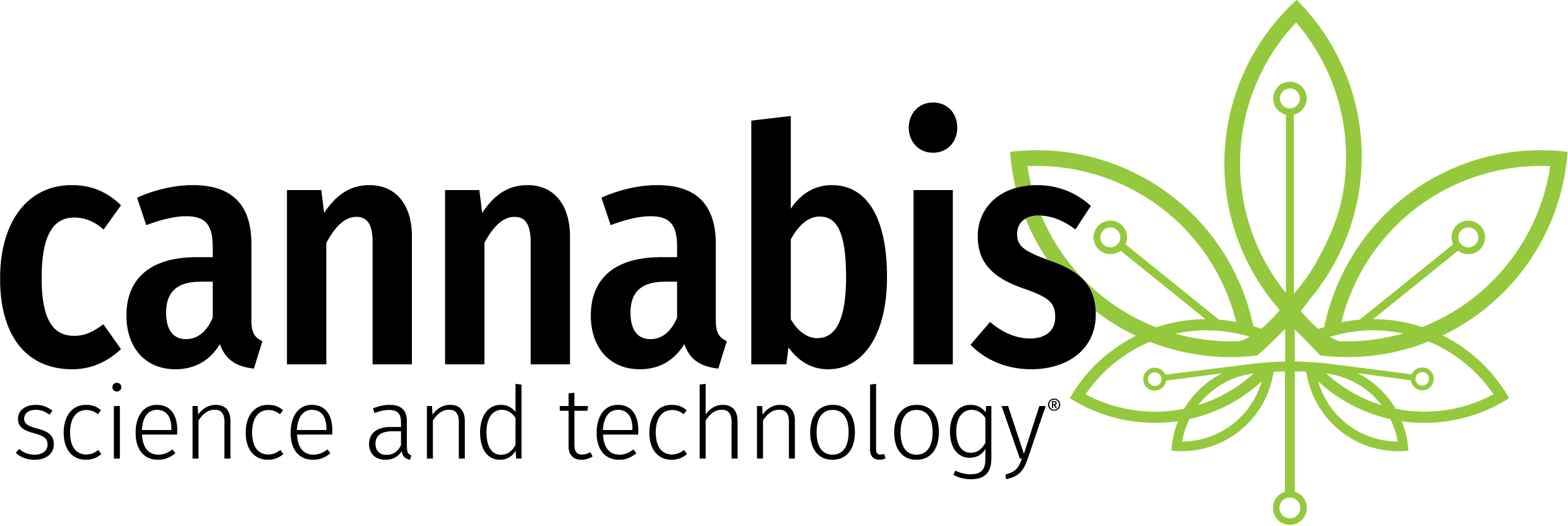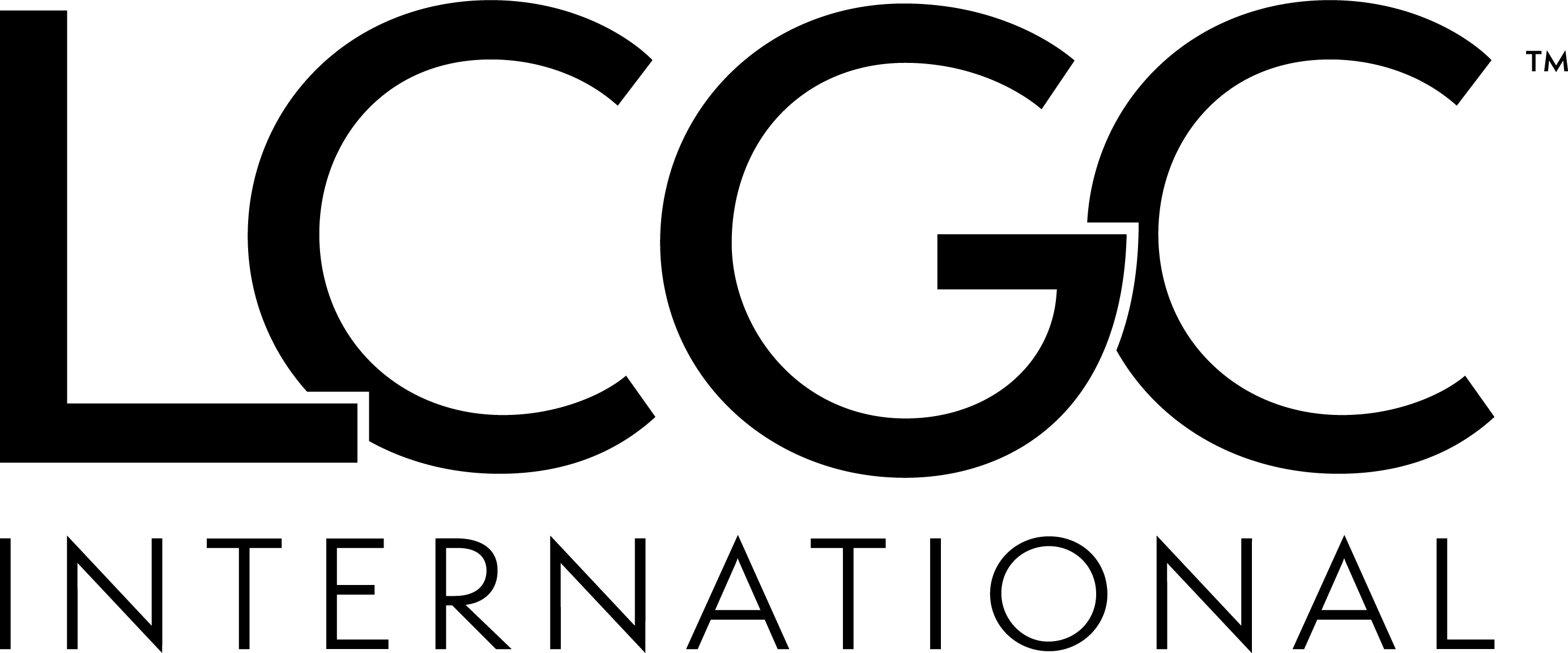
BioPharm Systems Launches New Tool for Transferring Oracle Clinical Data
The Oracle Clinical Study Copy Tool is a flexible application that can be used for tasks such as transferring clinical studies from one Oracle Clinical instance to another, archiving a global library or clinical studies, and refreshing patient data in a non-production environment.
"We originally developed this Oracle Clinical application for a company that needed to migrate their global library and clinical studies from an external Oracle Clinical instance to a BioPharm Systems hosted environment," said Michelle Engler, principal consultant, BioPharm Systems. "During the development of the solution, several other companies showed interest in its broad capabilities, so we decided to release it to the greater clinical trials community."
Pharmaceutical, biotechnology, and medical device companies, in addition to clinical research organizations and academic institutions who license the solution can choose to either employ it on their own or have BioPharm Systems service their specific needs. Although it has zero footprint in Oracle Clinical, the application's security is maintained via Oracle Clinical and its standard credential controls.
Newsletter
Stay current in clinical research with Applied Clinical Trials, providing expert insights, regulatory updates, and practical strategies for successful clinical trial design and execution.





.png)



.png)



.png)
.png)
